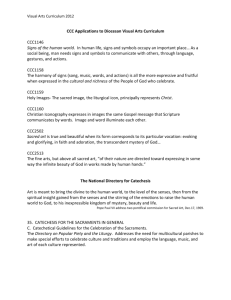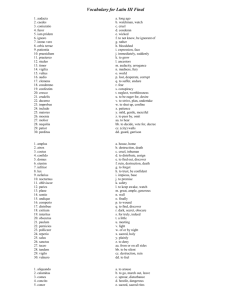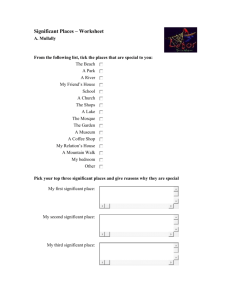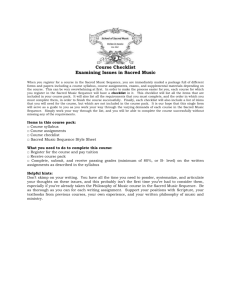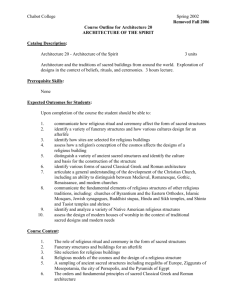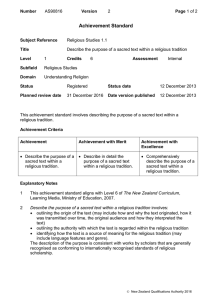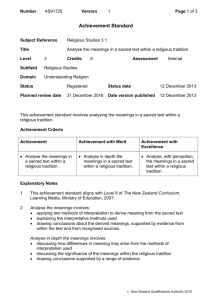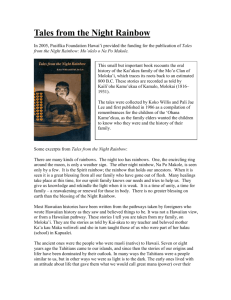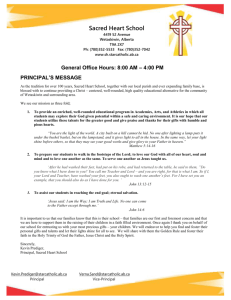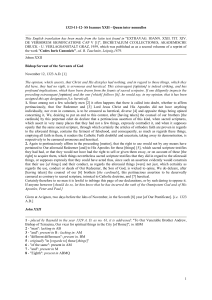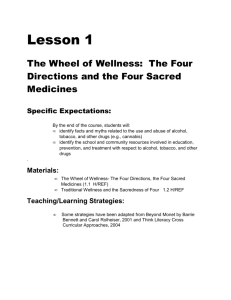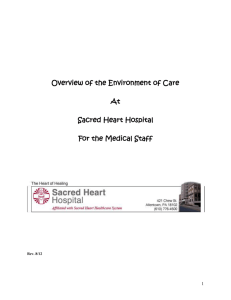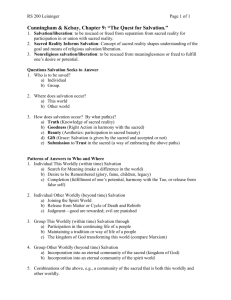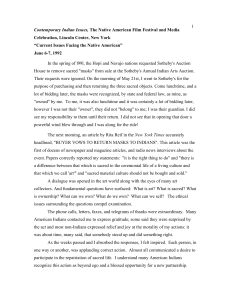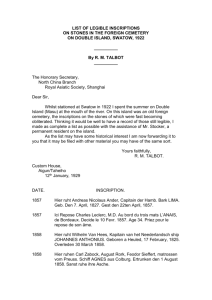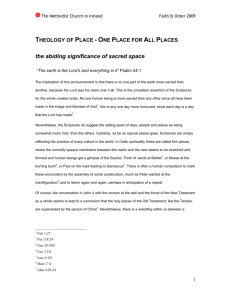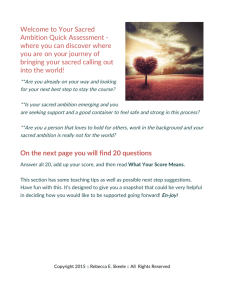Describe key features of a sacred text
advertisement
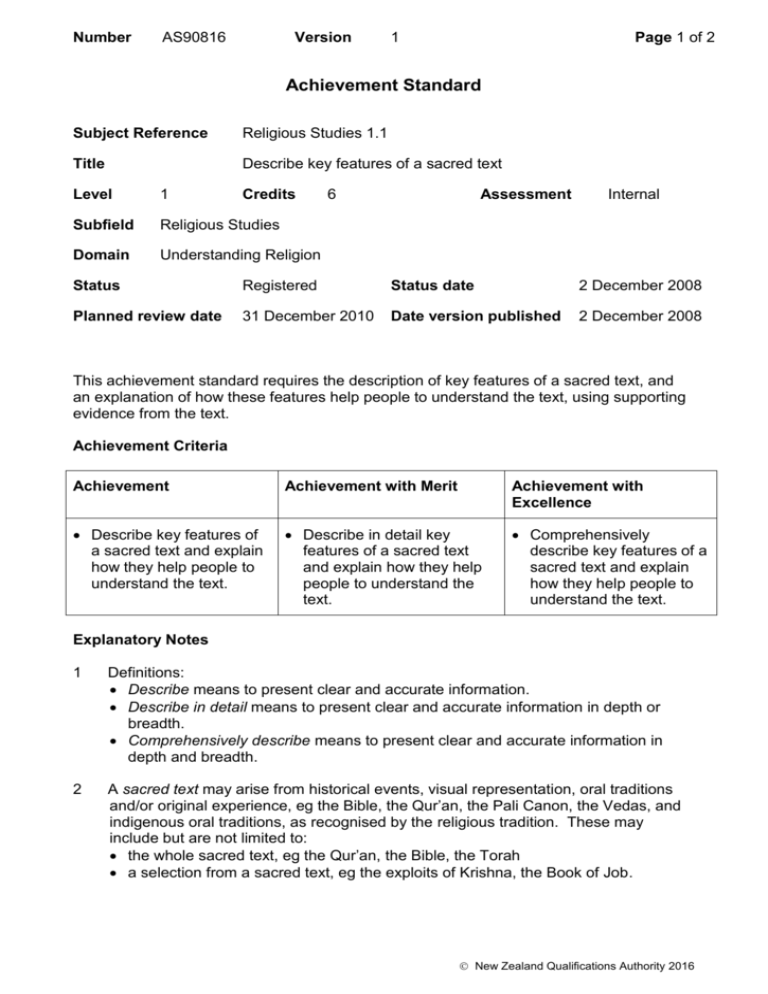
Number AS90816 Version 1 Page 1 of 2 Achievement Standard Subject Reference Religious Studies 1.1 Title Describe key features of a sacred text Level 1 Credits Subfield Religious Studies Domain Understanding Religion 6 Assessment Internal Status Registered Status date 2 December 2008 Planned review date 31 December 2010 Date version published 2 December 2008 This achievement standard requires the description of key features of a sacred text, and an explanation of how these features help people to understand the text, using supporting evidence from the text. Achievement Criteria Achievement Achievement with Merit Achievement with Excellence Describe key features of a sacred text and explain how they help people to understand the text. Describe in detail key features of a sacred text and explain how they help people to understand the text. Comprehensively describe key features of a sacred text and explain how they help people to understand the text. Explanatory Notes 1 Definitions: Describe means to present clear and accurate information. Describe in detail means to present clear and accurate information in depth or breadth. Comprehensively describe means to present clear and accurate information in depth and breadth. 2 A sacred text may arise from historical events, visual representation, oral traditions and/or original experience, eg the Bible, the Qur’an, the Pali Canon, the Vedas, and indigenous oral traditions, as recognised by the religious tradition. These may include but are not limited to: the whole sacred text, eg the Qur’an, the Bible, the Torah a selection from a sacred text, eg the exploits of Krishna, the Book of Job. New Zealand Qualifications Authority 2016 Number AS90816 Version 1 Page 2 of 2 3 Key features of a sacred text could include but are not limited to: author, organisation, how it was transmitted, redaction, authority with which it is regarded, original audience, context (includes social, historic, cultural, geographic, religious), influence in the tradition, how the text was written, preserved and transmitted over time, divisions of the text for readability and understanding, associated mythology, purpose, character and plot, narrative, description, origin of the text, emphasis on text as a place where meaning is found literary techniques such as: form, structure, organisation, layout, style, character and plot language features such as: allegory, symbolism, metaphor, imagery literary genre such as: history, prophecy, poetry, myth, narrative, law. 4 The description of the key features is consistent with works by scholars that are generally recognised as conforming to international recognised standards of religious scholarship. 5 Examples of supporting evidence may be obtained from authoritative sources within the religious tradition. These may include, but are not limited to: the Talmud, the Hadith, creedal statements, Conciliar statements. 6 It is expected that the descriptions and explanations are largely sourced from material supplied, or previously supplied, by a supervisor or teacher through textbooks, lessons, scholarly works, or other teaching tools that form a delivery package. Quality Assurance 1 Providers and Industry Training Organisations must be accredited by NZQA before they can register credits from assessment against achievement standards. 2 Accredited providers and Industry Training Organisations assessing against achievement standards must engage with the moderation system that applies to those achievement standards. Accreditation and Moderation Action Plan (AMAP) reference 0226 New Zealand Qualifications Authority 2016



